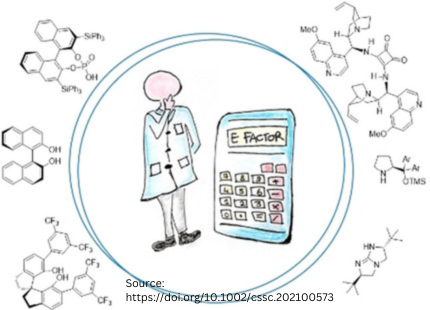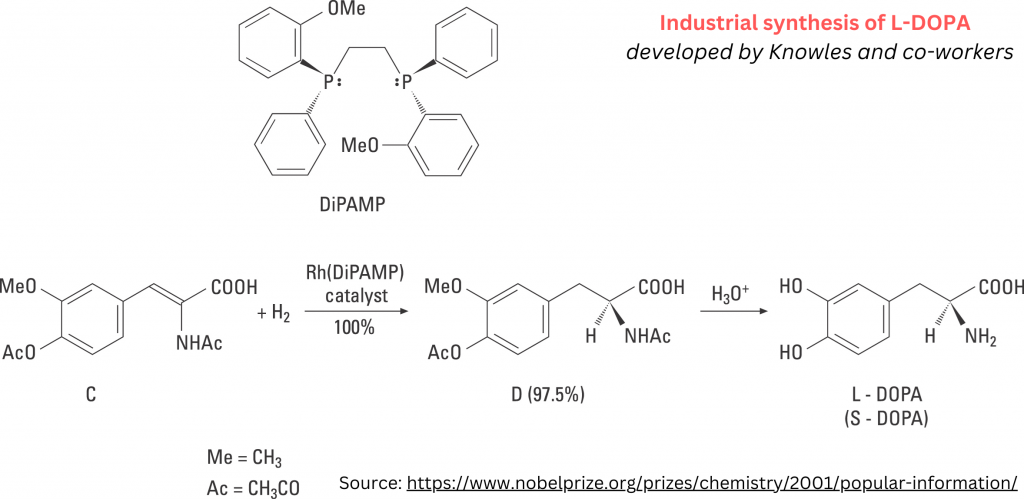The Future of Chiral Resolution: Green Chemistry and Sustainable Practices
Lead Sustainability is becoming an increasingly important consideration across many industries, and chiral resolution is no exception. The separation of enantiomers, essential in pharmaceuticals, agrochemicals, and other sectors, has traditionally relied on methods that consume large amounts of energy, solvents, and other resources. As industries become more aware of the environmental impact of these processes, there is a growing movement toward more sustainable and eco-friendly practices in chiral resolution. 1. Why Sustainability is a Growing …
The Future of Chiral Resolution: Green Chemistry and Sustainable Practices Read More »









